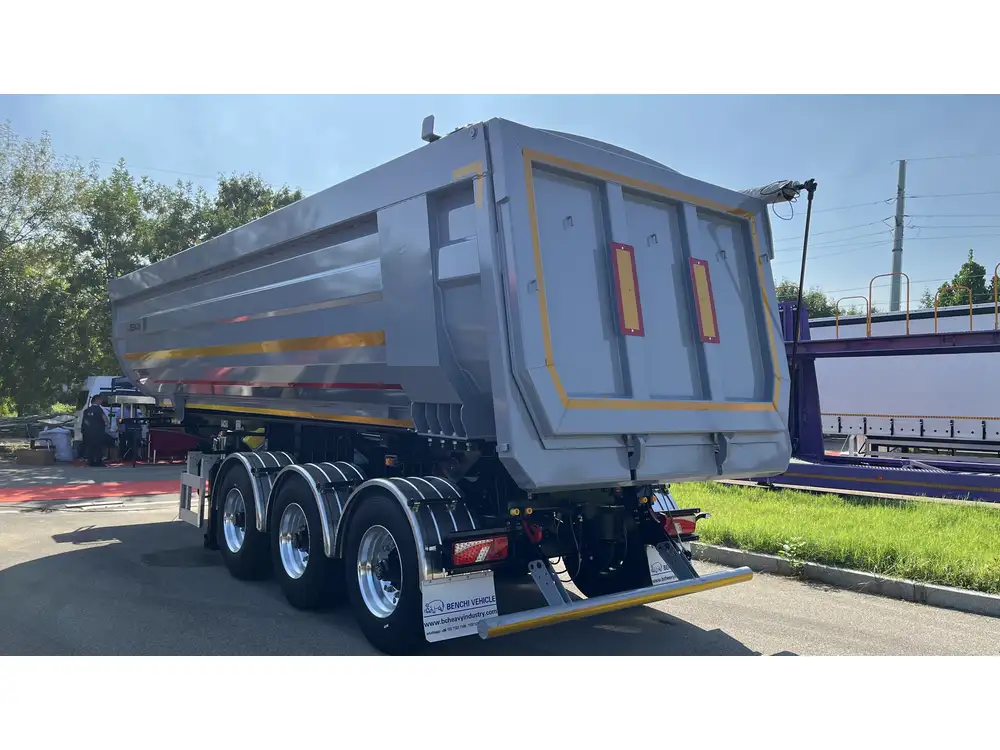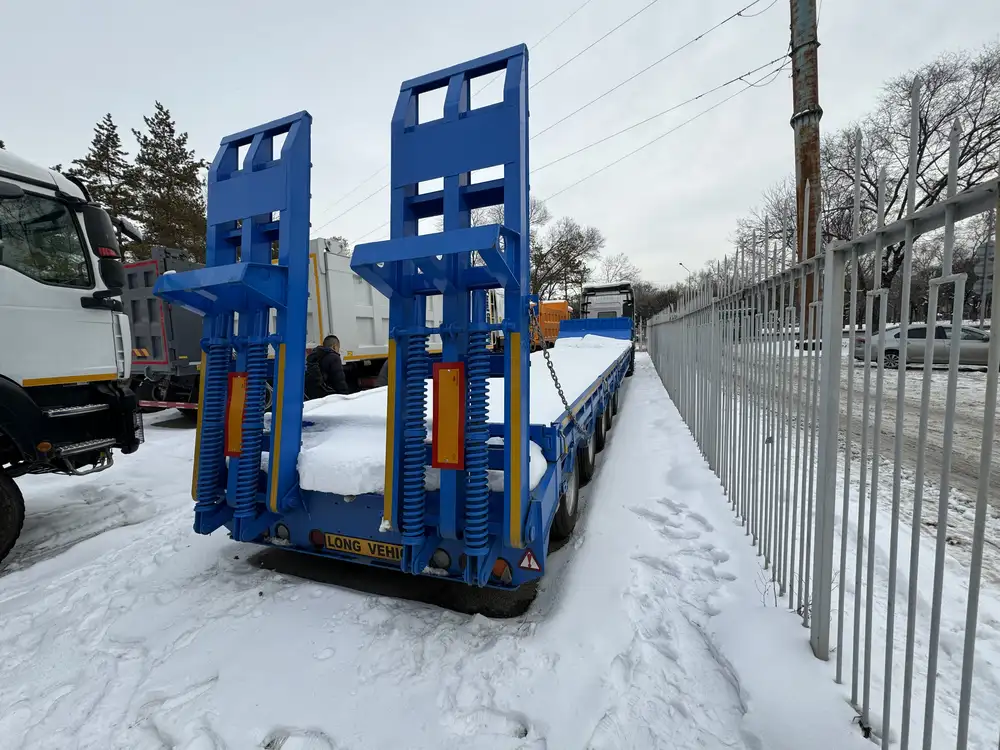Hydraulic dump trailers are indispensable tools in the transportation and construction industries, offering crucial performance when it comes to dumping materials effectively. However, issues can arise when air enters the hydraulic system, leading to inefficiencies, decreased lifting capabilities, and potential damage to the hydraulic components. Understanding how to properly bleed air from a hydraulic dump trailer is paramount to maintaining its efficiency and extending its lifespan.
Understanding the Hydraulic System in Dump Trailers
Before we delve into the bleeding process, it is essential to grasp the components that make up a hydraulic dump trailer’s system. A typical hydraulic setup includes:
- Hydraulic Reservoir: Stores hydraulic fluid.
- Hydraulic Pump: Converts mechanical energy into hydraulic energy.
- Hydraulic Cylinder: Converts hydraulic energy back into mechanical energy to lift the dump body.
- Hoses and Fittings: Carry hydraulic fluid between components.
- Control Valves: Regulate hydraulic flow.
The Importance of Removing Air from Hydraulic Systems
Air trapped within the hydraulic system can lead to a myriad of issues, such as:
- Reduced Lifting Power: When air is present, it compresses under pressure, leading to inefficient lifting performance.
- Fluid Contamination: Air can introduce moisture and contaminants into the hydraulic fluid.
- Erratic Cylinder Movement: Air pockets can cause unstable or jerky movements.
- Increased Wear: Components may suffer from increased wear due to the cavitation caused by air entrainment.

Signs Your Hydraulic Dump Trailer Needs Bleeding
It is vital for operators to recognize the symptoms indicating that the hydraulic system requires bleeding. These include:
- Slow or sluggish lift and dump cycle times.
- Unstable or erratic motions when lowering the trailer bed.
- Unusual noises, such as whining or gurgling, while operating.
- Visible air bubbles in the hydraulic fluid reservoir.
Step-by-Step Guide to Bleed Air from Your Hydraulic Dump Trailer
Bleeding air from a hydraulic dump trailer is a systematic process. Follow these steps to ensure optimal results:
Step 1: Safety First
Always prioritize safety before conducting any maintenance:
- Wear Personal Protective Equipment (PPE): Gloves and goggles can protect you from fluid spills.
- Ensure Stability: Park the trailer on a flat surface and engage the parking brake.

Step 2: Observe the Hydraulic Fluid Level
- Open the hydraulic reservoir cap carefully.
- Check the fluid level. If it’s low, add the appropriate hydraulic fluid to reach the recommended level.
Step 3: Locate the Bleed Valves
Identify the bleed valves, which are usually located near the hydraulic cylinder or on the pump itself. They typically look like small nuts or screw heads.
Step 4: Open the Bleed Valve
- Pressurize the system: Engage the hydraulic pump until the trailer body starts to lift slightly.
- Carefully open the bleed valve using the appropriate tool (usually a wrench). Position a container to catch any escaping fluid.
- Let the air escape until you observe a steady stream of hydraulic fluid without bubbles.

Step 5: Close the Bleed Valve
- Once you’ve confirmed the steady flow, close the bleed valve tightly to prevent fluid leakage.
- Repeat this process if necessary until all trapped air is expelled.
Step 6: Test the System
- Cycle the Hydraulic System: Operate the hydraulic dump trailer through its lift and dump cycles.
- Pay attention to any unusual sounds and observe the performance.
- If issues persist, consider repeating the bleeding process or checking for potential leaks in the hydraulic system.
Step 7: Regular Maintenance Check
To minimize air entry into the system:
- Inspect all hoses and fittings regularly for signs of wear or leaks.
- Always use quality hydraulic fluid to maintain optimal system performance.

Maintenance Tips to Prevent Air from Entering the Hydraulic System
- Regular Inspections: Conduct routine checks on the hydraulic system to identify early signs of wear or damage.
- Seal Integrity: Confirm that seals and orings are in good condition to prevent air ingress.
- Correct Fluid Levels: Maintain optimal hydraulic fluid levels to prevent cavitation.
- Quality Fluid: Always use recommended hydraulic fluid to ensure compatibility with system components.
When to Consult a Professional
While many dumps can be bled by operators, certain situations warrant professional intervention:
- Persistent performance issues despite bleeding efforts.
- Visible leaks or damage to hydraulic components.
- Unfamiliar noise patterns indicating deeper mechanical issues.
Engaging a certified hydraulic technician ensures that any underlying problems are addressed promptly, safeguarding the integrity of your trailer.
Conclusion
Bleeding air from a hydraulic dump trailer is a fundamental aspect of maintenance that directly impacts its performance and longevity. By following simple yet effective procedures, operators can efficiently manage air entrainment issues that may compromise the hydraulic system. Regular maintenance, prompt response to symptoms, and a comprehensive understanding of the hydraulic components are keys to maximizing efficiency and ensuring the durability of your trailer.

Call to Action
For more information about our range of hydraulic dump trailers or to schedule a maintenance service, feel free to contact us. Ensuring that your equipment performs optimally is our priority, and we are here to help you succeed with your hauling needs.
This comprehensive guide provides an in-depth understanding of the hydraulic system, identifies potential issues, and offers a structured approach to bleeding air from the trailer, ensuring users not only gain knowledge but are empowered to take action, fostering user conversion effectively.



